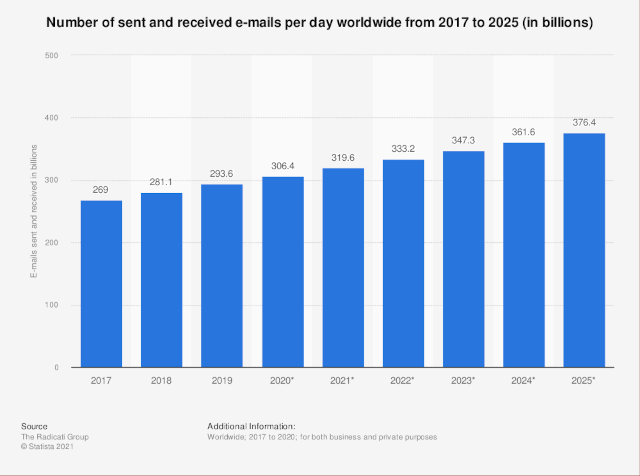In modern business, staying put and resting on your oars spells stagnation and dramatically lagging behind your rivals. It is also true of the B2B sector where competition is especially acute because of the limited number of agents who are very often powerful players in their realm.

That is why for a forward-looking management of any B2B enterprise, getting new leads and turning them into prospects and then into loyal customers is a chief priority. Many of them prefer buying business leads to lead generation efforts of their in-house teams – and this is where lead generation companies step in.
Given the growing need for B2B sales lead generation services, launching a lead generation venture is a profitable business idea promising substantial revenues. In this article, we would like to offer how to start a lead generation business Belkins’ tips. But let’s begin with the basics.
Defining Lead Generation Business
It is not difficult to guess that a B2B lead generation firm is the one that handles the issues of approaching and attracting B2B leads – organizations that display some interest in a product or service offered by other companies. Typically, such B2B lead generation is accomplished via email marketing campaigns and SEO optimization endeavors of websites. These companies then sell contact information on the leads they acquired to B2B ventures ready to buy business leads.
How do your lead generation efforts pay off? It depends. In some cases, clients pay for every lead that meets certain criteria. In other models (for instance, in affiliate sales) B2B leads you offer to buy must make a purchase from your client’s organization before you get your remuneration. Sounds attractive, doesn’t it? Well, then let’s find out how to kick off a lead generation company.
Launching a Lead Generation Business: Essential Life Hacks
As an experienced player in this domain, Belkins sees it crucial to adhere to the following algorithm while starting a lead generation venture.
Step 1. Get to Grips with Industry and Region
You should clearly identify the economy sector and location of B2B companies to deal with. To do that, you should steer by not only your preferences or knowledge of the respective market. It is also important to gauge the field and see the competition in it and the degree of market saturation there. Also, try to narrow the niche (say, not just insurance but a car or house insurance) since here a rule of thumb is at work: the narrower is the niche the greater the opportunity is.
Step 2. Cultivate Candidates for Buying Business Leads
It is mission-critical to develop relationships with organizations that will want to buy business leads from you. It can be done by reaching them via social networks (LinkedIn is the one to be used for such purposes), telephone, or emails – one of the most popular communication channels in the profoundly digitalized world of the 21st century.

Yet, this channel isn’t a perfect one since companies may have filters installed that direct incoming messages into a spam bin. This grievous outcome can be prevented by leveraging spam checker software. Email spam checker will make sure your letters are delivered to the addressee and dodge blacklists.
Step 3. Decide on Your Fee Policy
The benchmark for determining the fee for each lead is its long-term value (LTV). The higher it is the more money it can bring you. The most promising leads of over $100,000 LTV can yield from $100 to $500 each! However, you should be flexible in your rates to create a win-win situation for both your company and the service recipient.
Step 4. Marshal Marketing Assets
Marketing assets used for lead generation comprise web resources (typically, blogs, landing pages, e-books, etc.) that serve as a magnet attracting companies that look for specific business information. What can make these assets work is their high visibility which is attained by employing robust SEO efforts, using lead capture tools, and conducting targeted lead generation campaigns.
Step 5. Don’t Neglect Lead Nurturing
Finding leads is only the first stage that should be followed up by nurturing them so that they undergo the complete conversion cycle. This is done through launching a nurturing program that aims to share information with them on possible features and aspects of products thus fueling their interest. As a rule, such programs rely heavily on automated email series consisting of a sequence of multi-stage letters with subsequent engagement tracking. This tracking is effected via monitoring several core performance indices, namely open rate, reply rate, and link click number.
Keeping a close eye on all parameters and fine-tuning the applied methods you will make sure the lead pool you have collected contains only high-value leads so that your clients will get full worth for their money.
Step 6. Monitor Results and Modify Your Approaches
When the lead bank is handed to your customers you should keep in touch with them in order to get their conversion funnel parameters. Knowing such metrics you would be able to identify what lead generation channels and tactics are more efficient and prioritize those that yield the best results. Besides, the performance data will serve as a benchmark for re-negotiating cooperation terms with your clients if the leads you have passed on display high conversion indices.
In the lead generation industry, you can’t do without a comprehensive strategy aimed at maximizing the results.

How to Bolster Lead Finding Efforts
There are several basic practices that can considerably augment your lead generation power.
- Explore specific niches. Discovering one is a godsend for any lead generation company. But if you are lucky to detect an untapped market it doesn’t mean your work will be a breeze. High-quality content that is often updated will position you as an authority in the niche fostering a solid business reputation of your brand.
- Focus on high-value leads. What you should realize is that your ultimate goal is not to get many leads but to get the right leads. These are qualified leads with buying intent. Such leads should be identified as soon as possible and most of your efforts should be directed at nurturing them.
- A referral system works wonders. It makes perfect sense to launch a referral scheme since it is considered to be one of the most efficient conversion channels. According to estimates, referred clients (in your case – leads) are 25% more valuable than regular customers so your lead generation efforts will produce increased results.
- Know thy audience. The B2B leads you plan to obtain should be targeted by many parameters, including their location, roles, titles, and company size.
- Utilize multiple search channels. You should leave no stone unturned while looking for appropriate leads. To do that, discover relevant B2B clients in social media, start a blog describing whatever sphere you deal with, and surf the web for organizations related to the industry of your engagement.
- Be insistent. If your initial contact attempts were not responded to, don’t give up on this organization but follow up on the first message trying to get them to answer you. It also works well if you end each email by asking something that would encourage the addressee to continue communication with you.
Key Takeaways
In the B2B realm, getting new clients is quite challenging for any organization to handle on its own that is why launching a lead generation company is likely to face a high demand for its services. By following the tips of Belkins as a seasoned actor in this domain, you will be able to build an effective and revenue-rich business.